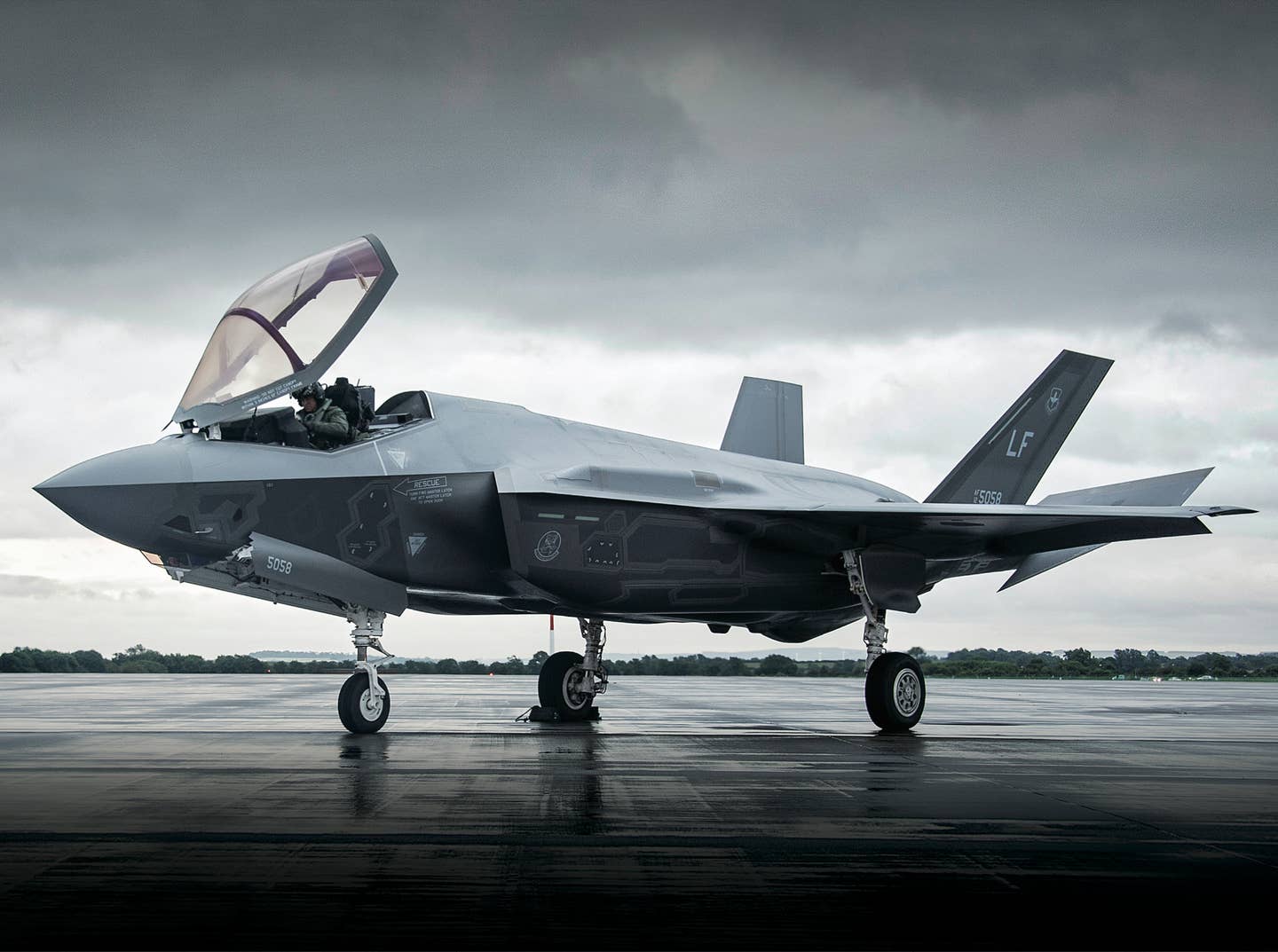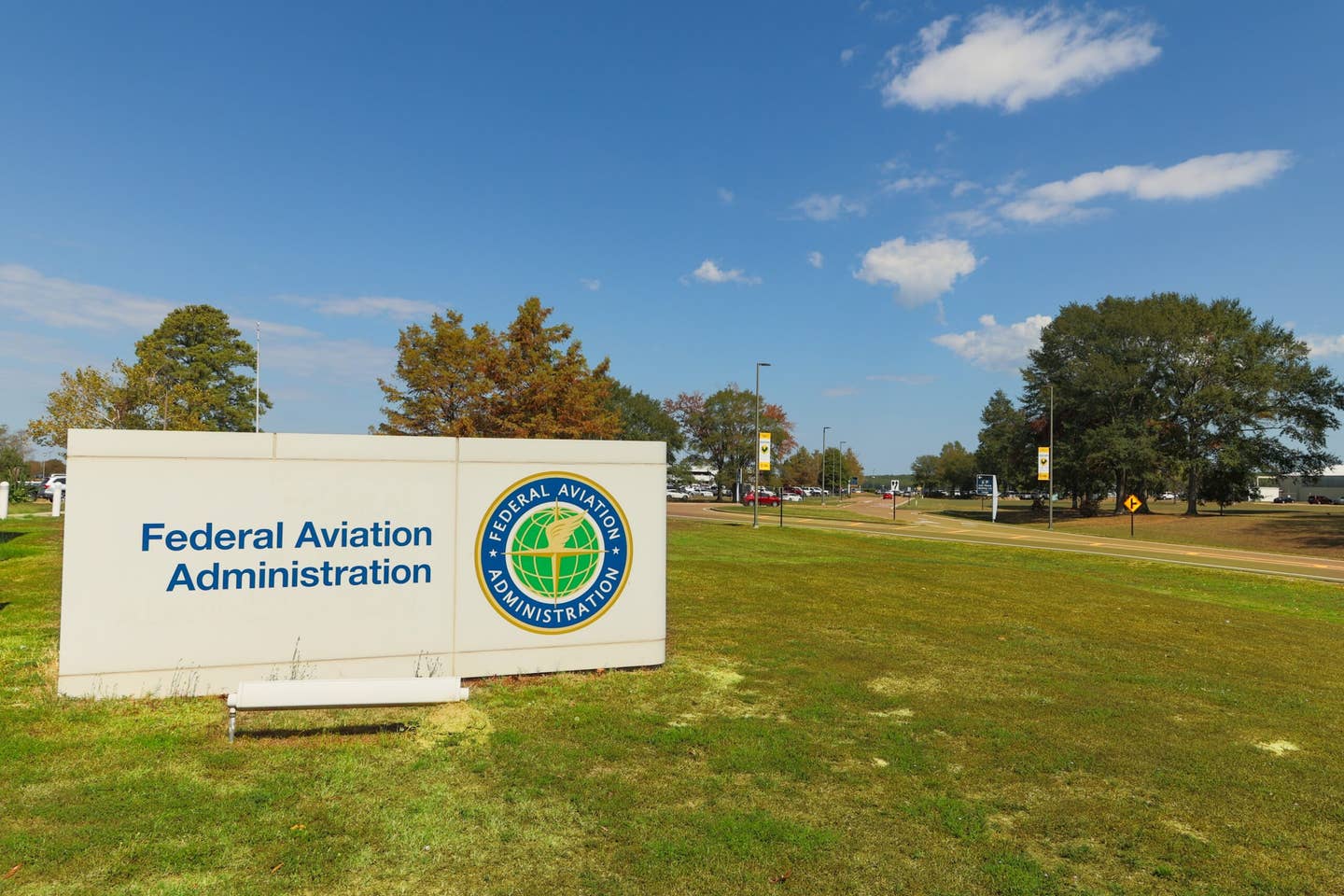Air Force Studies Environmental Impact of Placing F-15EX, F-35A Squadrons at U.S. Bases
The Air National Guard is assessing the impact of the beddown of F-15EX and F-35A fighter squadrons at four locations as the service prepares to retire aging F-15C/D aircraft.

Pratt and Whitney will make 178 new engines for F-35a Lightning IIs like this one. [Courtesy: Lockheed Martin]
The Air National Guard (ANG) is assessing the social, economic, and environmental impacts of locating new Boeing (NYSE: BA) F-15EX and Lockheed Martin (NYSE: LMT) F-35A Lightning II squadrons at four locations around the U.S. as it makes way for fleet modernization.
ANG launched a 45-day public scoping process Tuesday, soliciting input from communities that would be impacted by the proposal, according to a Notice of Intent (NOI) published July 19 in the Federal Register. The news comes as the service plans to retire aging F-15C/D fighters, which it says will not be serviceable beyond 2026.
The Air Force is assessing the environmental consequences of basing fighter squadrons at 104th Fighter Wing at Barnes Air National Guard Base, Massachusetts; 144th Fighter Wing at Fresno Yosemite International Airport, California; 144th Fighter Wing at Naval Air Station Lemoore, California; and 159th Fighter Wing at Naval Air Station Joint Reserve Base New Orleans, Louisiana. ANG has proposed locating one F-15EX squadron at two of three of the locations starting in 2027, and an F-35A squadron at one of four locations in 2026.
According to the NOI, the two proposed F-15EX beddown locations for the squadron would consist of 24 aircraft, which includes 21 primary aircraft and three backup aircraft. The F-35A beddown would consist of one squadron assigned 21 primary aircraft and two backup aircraft.
The locations were selected after the Air Force looked at all service installations that currently fly the F-15C/D, it said. Installations with a formal training unit mission were excluded. Among the impacts being considered are noise, biological resources, socioeconomics, water resources, infrastructure, hazardous materials, and air quality.
As part of the selection process, for example, the Air Force is conducting a noise analysis to determine any changes the F-35A and F-15EX would have on noise level at the locations.
"The purpose of the Proposed Action is to replace aging F-15C/D aircraft currently utilized by the Air National Guard with the state-of-the-art fighter aircraft to better address future mission requirements, offer expanded capability, and provide life-cycle cost savings in comparison to continued operation of existing F-15C/D aircraft," the ANG said in the NOI.
During the public scoping period, in-person and virtual public meetings are planned for all four locations.
The scoping period ends September 2. A draft environmental impact statement (EIS) is expected to be finalized next summer, followed by a public comment period. A final EIS is expected by spring 2024 and a final decision is expected 30 days following the final EIS.
Last March, Boeing delivered the first F-15EX to the Air Force, with plans to deliver another six in fiscal 2023. The service plans to purchase 144 aircraft as part of its recapitalization of the F-15 fleet. Last year, the service said the average age of a F-15C/D was more than 37 years, and was "fast approaching the end of its useful life and operating on the margins of structural integrity."

Sign-up for newsletters & special offers!
Get the latest FLYING stories & special offers delivered directly to your inbox






